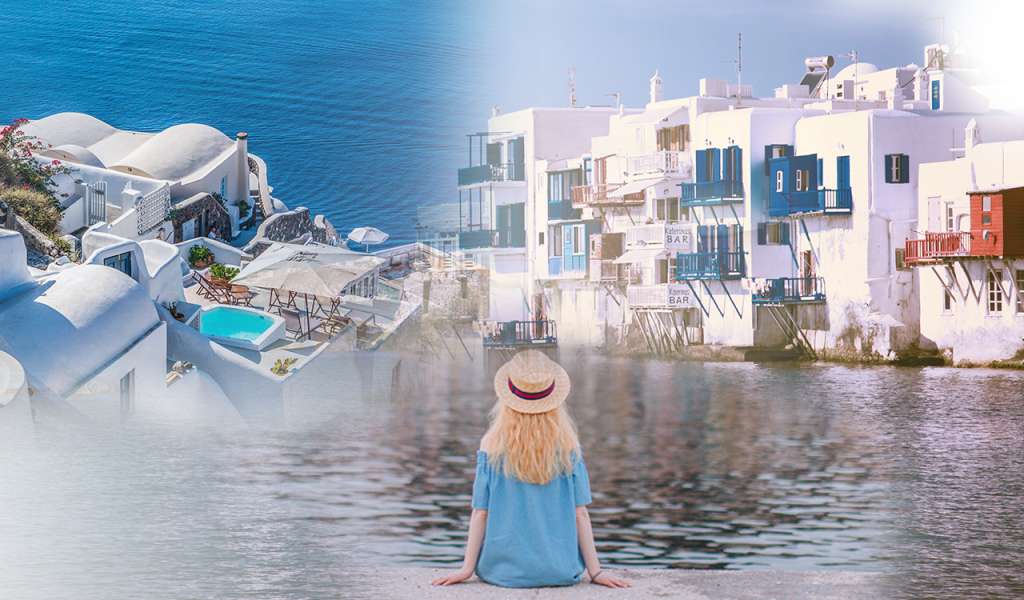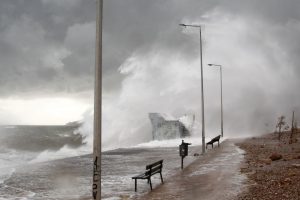Narendra Modi’s trip to Ukraine, after a two-day visit to Poland, will be the first by an Indian prime minister since diplomatic relations between the two countries were established over 30 years ago. It comes at a crucial juncture of the war, with Russian troops making advances in Donbas and Ukrainian forces venturing a surprise foray into the Kursk region.
In addition, the visit takes place weeks after Modi’s trip to Moscow, which coincided with a lethal strike on a children’s hospital in Kyiv, embarrassing the Indian prime minister and drawing harsh criticism from President Volodymyr Zelenskiy. Modi reportedly told Vladimir Putin that the death of innocent children was painful and terrifying, but his cordial hug with the Russian leader raised a lot of eyebrows in the West and certainly has not been forgotten in Kyiv.
The Indo-Russian embrace
Ties between India and Russia go back decades and remain inextricably close. India is heavily reliant on the Kremlin for its military equipment and has purchased large quantities of Russian hydrocarbons on the cheap. India imports over 40% of its crude oil and 60% of its armaments from Russia, as well as significant amounts of coal, fertilizers, vegetable oil and precious metals. In turn, Indo-Russian economic cooperation is a major financial lifeline for Moscow, amidst multiple rounds of western sanctions since February 2022.
Just as importantly, India has traditionally seen the former USSR and subsequently post-Soviet Russia as a counterweight to Beijing ever since the 1962 war with China. The 2020 clashes along the Sino-Indian border only confirm the fraught relations between the two Asian giants.
Therefore, it is hardly surprising that India has avoided condemning Russia’s invasion of Ukraine and has abstained from all related resolutions at the United Nations. Moreover, while New Delhi has been sitting on the fence, its non-committal position is largely consistent with a fundamental feature of India’s foreign policy, harking back to the country’s involvement in the Non-Allied movement during the Cold War era. One may even argue that historical memories of India’s colonial past are in the nation’s DNA, which conditions the stance of its political and diplomatic elite.
However, this doesn’t mean New Delhi takes the confrontational approach to the West displayed by China, Russia or Iran – far from it. At the Munich Security Conference last February, foreign minister Subrahmanyam Jainshankar characterised “India as a country which is non-Western, but which has an extremely strong relations with the Western countries, getting better by the day.”
The political calculus behind Modi’s visit to Ukraine
In a way, Narendra Modi’s trip to Kyiv was long overdue, in the wake of scores of visits by heads of state from the entire world, including the Indo-Pacific region. Japan’s prime minister Fumio Kishida, Indonesia’s outgoing president Joko Widodo, Australian prime minister Anthony Albanese, South Korea’s president Yoon Suk Yeol and others have all visited Ukraine already.
Notably, Modi’s visit to Kyiv is in stark contrast to Xi Jinping’s reticence to engage with Ukraine directly. China’s supremo has never been to Kyiv and it took him more than a year to concede a phone call to Zelenskiy. Beijing has only sent an envoy to Ukraine and has put forward an ostentatious 12-point peace proposal, which is all but dismissed by Kyiv and western capitals as a disingenuous and meaningless show of diplomatic activism.
Promoting bilateral ties between New Delhi and Kyiv will be the obvious – and easier – part of Modi’s mission. Talks will cover the prospects of cooperation in a range of sectors, such as agriculture, infrastructure, pharmaceuticals, defence, health, education and culture. India is keen on enhancing its global footprint and Ukraine definitely needs international partnerships for its economy ruined by the war.
The second key objective of Narendra Modi’s visit relates to New Delhi’s broader messaging, mostly to the West. And the Indian Prime Minister has good reasons to try to placate Kyiv and its Western allies.
New Delhi’s official position is that it has “substantive and independent ties” with both Russia and Ukraine, and these partnerships with the two nations “stand on their own.” Shortly after Modi’s meeting with Putin, his visit to Kyiv can well be seen as the second leg of a broader diplomatic effort to place India between Russia and Ukraine, though it remains to be seen whether this will lead to a specific mediation initiative suggested by New Delhi.
India is fully aware of the challenges presented by such an endeavour. Having a foot in both camps does not necessarily warrant a positive outcome of a peace proposal. While Indian media tout New Delhi as a credible mediator between Russia and Ukraine, Modi was conspicuously absent from the international peace conference in Switzerland last July. Instead, India sent a senior diplomat to represent it at the summit and refrained from associating itself with a joint communiqué, which 80 nations signed up to.
India’s “third way”
India is eager to portray itself as a rising global actor who can mediate between the West and Russia. Indeed, it is duly acknowledged that India, together with the entire international community, has taken a stand against the use of nuclear weapons by Russia in its invasion of Ukraine, still officially referred to as a “special military operation” in Moscow.
By tiptoeing between US, Russia and China, India appears to stick to a “third way”, based on hedging its bets and keeping all its options open. Regardless of the specific outcomes of his visit to Ukraine, Narendra Modi is only expected to confirm this pattern. The million-dollar question is to what extent India can justify its claim to a meaningful global role.
* Head of Asia Unit, Institute of International Economic Relations (IIER), Athens


